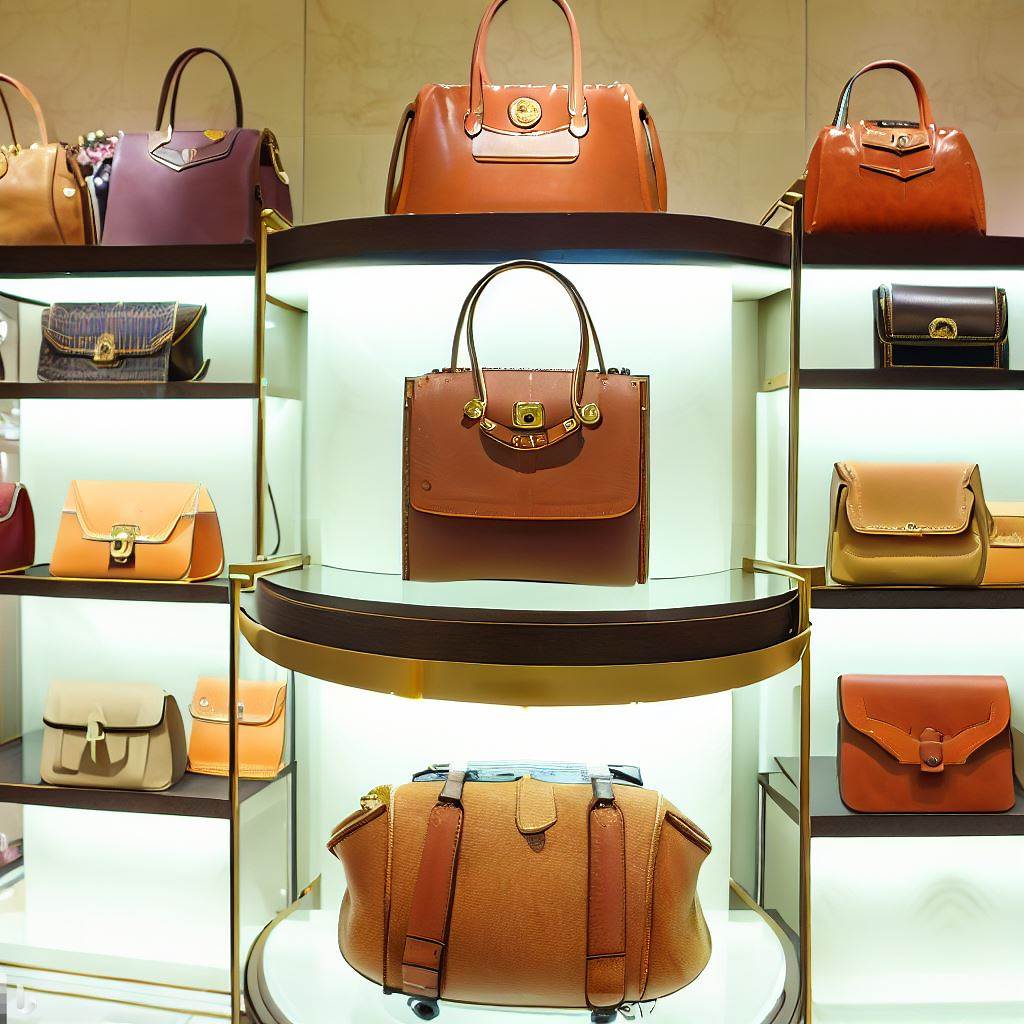Leatherworking for Sale: Marketing and Showcasing Your Crafted Creations
Introduction
For leather artisans seeking to sell their quality handcrafted goods, thoughtful presentation and strategic marketing make all the difference for desirability and sales. From captivating online photography to selecting optimal showcase opportunities, numerous facets go into successfully promoting leatherwork while conveying its value and heritage story.
In this article, we provide tips to leather crafters on skillfully photographing, describing, pricing, and presenting their leather products in ways that capture the essence of quality for discerning buyers. We also explore venues from art fairs to boutiques for profitably displaying leatherwork. By insightfully showcasing the care infused into each item, leatherworkers distinguish themselves while finding kindred spirits who deeply appreciate handmade goods.
Photography: Conveying Craft Details
Eloquent photography immediately attracts interest while conveying attributes like fine tooling or patina that signal heirloom quality.
Capturing Texture and Color Variations
Thoughtful lighting, angles, and macro shots highlight leather’s richness. Details like scars and grain deserve closeups. Varying depth of field keeps textures intriguing.
Styling for Narrative
Artful arrangements, props, and contexts like a belt rolled atop wood chips or jacket draped over vintage crates suggest backstories and utility. Photography implies possibilities.
Multiple Angles Highlight Use
Numerous angles display functionality and details imperceptible from one flat perspective. Tools utilized get featured. Photos should provide a vicarious tactile experience.
Natural Light for Organic Character
Lighting accentuates leather’s natural luster. Bright outdoor shoots mimic lifelike use but avoid direct sun damaging aged leather. Soft light flatters aged character.
Descriptions: Articulating Heritage Techniques
Wording provides room to articulate quality hallmarks, custom options, technique origins, and the maker’s inspiration and process.
Explaining Material Sourcing and Properties
Identifying leather types like bridle leather from naming specific tanneries conveys careful sourcing. Details on durability, pliability, and origin profiles quality.
Discussing Techniques and Production
Elaborating specialized handwork techniques and production steps illustrates the labor investment. Terms like hand-stitched, aniline dyed, and burnished communicate value in contrast to machine-made.
Describing Personalization Options
Noting ways clients can customize pieces through initials, leather choices, or special linings underscores the bespoke possibilities and collaborative process. Made-to-order has cachet.
Sharing Stories and Inspiration
Descriptions pluck heartstrings with charm and meaning when they incorporate personal touches like the artisan’s creative journey or cherished locale inspiring a design. Stories forge connections.
Pricing Considerations
Ideal pricing fully covers costs, time, and skill while remaining fair and competitive for the workmanship performed.
Calculating Production Expenses
Material costs, studio overhead, hardware, and components deserve tallying first when establishing an item’s base price. Underpricing loses money.
Valuing Skill and Labor Time
Simple designs warrant lower pricing than elaborate tooling or construction needing extensive handwork hours that deserve compensation. Rush labor earns premiums.
Considering Comparable Existing Products
Researching pricing for similar ethically made leather goods provides helpful comparison without undercutting other artisans producing sustainably. Fair pricing maintains integrity.
Allowing Some Negotiation Leeway
When selling directly to clients, modest flexibility in pricing allows transactions benefiting both parties but avoids devaluing handiwork. Mutual goodwill cements relationships.
Branding and Identification
Markers identifying the maker and product build recognition, heritage value, and customer loyalty over impersonal anonymity.
Unique Brand Name and Logo
A memorable brand name and logo symbol help buyers recall and request the work of admired artisans. Names evoking regional character resonate.
Signature Tooling or Stamp
Embossing a distinctive personal maker’s mark or symbol permanently labels work like ceramics. Signed pieces gain collectability. Markers verify provenance.
Product Tags and Packaging
Branded leather hang tags, paper wrapping, and card inserts detailing the item’s story extend its handcrafted identity. Packaging communicates ethos.
Establishing Product Line Identity
Distinctive design trademarks and naming schemes identify specific item collections. For example, Asanti’s Classic Ride motorcycle saddle series. Consistency and identification build affinity.
Optimal Venues for Selling Leather Goods
Selecting the best events and locations to showcase leatherwork maximizes visibility among ideal target buyers.
Craft Fairs and Pop-Up Markets
Outdoors heritage festivals, indie craft fairs, and holiday markets draw crowds specifically seeking quality handmade wares. Meet artisans and local clients.
Consignment Boutiques and Galleries
Curated consignment shops and art galleries provide established retail venues with consistent traffic. Location raises perceived value.
Specialty Stores and Tradespeople
Selling to equine tack shops, Western wear stores, and bag retailers frequented by devotees of those items expands reach to ideal niche buyers. Partnerships work.
Online Sites and Social Media
Websites like Etsy and Instagram are essential for broadening customer geography. Hashtags and sponsored posts target specific demographics like equestrians. Go global.
Making Sales Connections and Transactions
Cordial attentive customer interactions cement rewarding sales relationships and word-of-mouth referrals.
Warm Greeting and Attentiveness
At events and shops, a friendly introduction, smile, and focused individualized attention provide memorable service distinguishing handmade quality. Sincerity appeals.
Patience Allowing Dialogue
Avoid pressuring buyers. Instead have open discussions about their needs and passions related to the leather goods. Making concordant suggestions forges trust.
Follow Up After Sale
Checking in that clients are pleased with purchases, and offering care advice or customization, earn loyalty. Handwritten thank you notes reinforce personal connections.
Offering Payment Plans If Needed
For large custom commissions, installment plans break costs into manageable payments without price haggling. Fair flexible solutions suit all.
Conclusion
The finest handcrafted leathergoods deserve equally thoughtful presentation, description, and venues to share their attributes with kindred appreciators. Leatherworkers who invest care into worthy branding, storytelling, relationship building, and ideal showcases help match exquisite items with buyers who will treasure their qualities for years to come. With so much mass-produced anonymity today, consciously created pieces deserve mindful makers who value their work enough to showcase it distinctively. When leatherworkers take pride in introducing their wares as the labor-intensive artifacts they are, elite markets notice and respond. Every mindful presentation touch potentially connects someone to leatherwork’s meaning in a more profound way. Artistry builds value.
